

Prevent Heat Stroke and Accidents: Check Your Air Conditioners Early
Prevent Heat Stroke and Accidents: Check Your Air Conditioners Early
As the world faces record-breaking temperatures in 2023 and 2024, Japan's meteorological forecasts predict that the summer months (June to August) will continue to see above-average temperatures. With these rising temperatures comes an increased risk of heat stroke, particularly during the sweltering summer months. Effective air conditioning is a vital countermeasure against this risk, but it is also associated with product accidents that occur every year.
The Importance of Early Testing
To minimize the risks of heat stroke and potential accidents, the National Institute of Technology and Evaluation (NITE) advises consumers to conduct early tests of their air conditioning units. This ensures not only that they are functioning properly but also that consumers can address any issues before relying on the systems during peak heat periods.
NITE has reported that from 2020 to 2024, a total of 363 incidents involving air conditioning units were recorded. Notably, many of these incidents stemmed from improper installation or actions prohibited in the user manual, leading to accidents not directly caused by the products themselves. Therefore, it’s essential to periodically check whether you are following the manufacturer’s guidelines and maintaining a safe operating environment.
Accident Statistics and Their Implications
Of the 363 incidents reported, 337 were categorized as fire-related, underscoring the critical need for proper maintenance and usage. Furthermore, accident occurrences typically peak during the summer and winter months when air conditioning and heating are most heavily utilized. Notably, incidents spike during July and August when temperatures are at their highest.
Among these 363 incidents, there were not only material damages but also accidents that resulted in severe injuries and even fatalities. Many accidents can be prevented through diligent maintenance and following proper usage guidelines.
Key Checks Before Operating Your Air Conditioner
1. Ensure Proper Power Supply: Plug the air conditioner's power plug directly into a dedicated outlet, avoiding the use of extension cords that may lead to overheating and fire risks due to high current.
2. Clean Filters and Remove Dust: Regularly clean the indoor unit’s filter and ensure there’s no dust accumulation on the power plug. Dust can impede air flow and cause the unit to overwork, potentially leading to failure.
3. Clear Surroundings of the Outdoor Unit: Make sure the outdoor unit is free of debris or flammable materials, which can ignite and spread fire to the unit. Ensure that the drainage hose is not blocked to avoid potential leaks or water damage.
4. Initial Testing: Set the air conditioner to cool mode and verify that cool air is circulating effectively. Monitor for any unusual sounds, odors, or operational failures during the initial testing phase.
NITE's Recommendations
NITE recommends that consumers take proactive measures by checking their units as early as spring. This includes cleaning, maintenance, and arrangement of the air conditioning systems to ensure they function correctly when needed most. It's crucial to identify and address any defects promptly, as delays can lead to accidents.
Consumers are encouraged to use tools like NITE SAFE-Lite, a web search tool for tracking product incidents, to ensure their products are not subject to recalls or known issues. This service allows users to input the product name and discover related accident or recall information, aiding in safer usage practices.
Conclusion
In light of the rising temperatures and the associated health risks of heat stroke, it is paramount to prioritize air conditioner safety. Conduct thorough checks and ensure that your system is ready for use to foster a safe and comfortable summer experience. Stay informed about the statistics and guidelines provided by organizations like NITE to protect yourself and your loved ones from avoidable accidents.

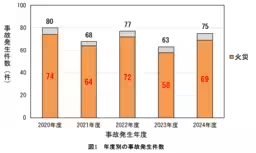
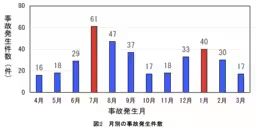

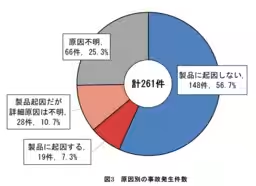
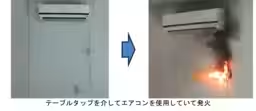

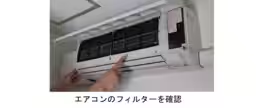




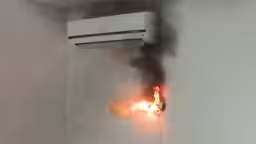
Topics Consumer Products & Retail)










【About Using Articles】
You can freely use the title and article content by linking to the page where the article is posted.
※ Images cannot be used.
【About Links】
Links are free to use.